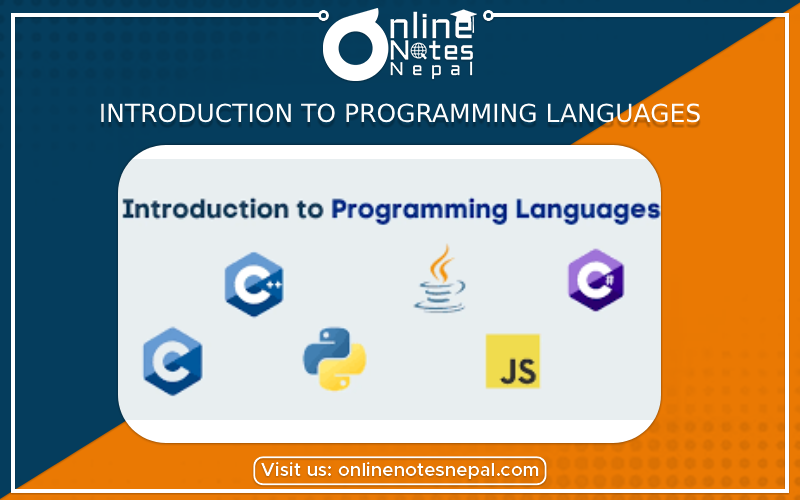Programming Language Fundamentals:
Programming languages are the building blocks for writing code and developing software applications. They serve as a way of communication between humans and computers, allowing us to give machines instructions and accomplish certain tasks. There are multiple programming languages, each with its own set of features and objectives that cater to different domains and problem-solving scenarios. Understanding programming language principles is critical for prospective developers and everyone interested in the realm of technology.
1.What exactly is a programming language?
A programming language is a systematic set of rules and instructions that programmers can use to produce code that instructs computers to accomplish specified tasks. It stands between human-readable code and machine-executable instructions.
2.Programming Language Types:
- Low-Level Languages: These are languages that interface directly with computer hardware and are difficult for humans to read and write. Machine code and assembly languages are two examples.
- High-Level Languages: These languages are more abstracted from hardware and are closer to human language. They are convenient and easy to read. Python, Java, C++, and JavaScript are some examples.
3.Programming Language Characteristics:
- Syntax: The rules and structure that specify how code in a language should be written.
- Data Types: Data classifications such as integers, texts, and booleans.
- Variables are temporary data storage containers used during program execution.
- Control Structures: Statements like as loops and conditionals that govern the program's flow.
- Functions/Methods: Code chunks that can be reused throughout the program.
- Pre-written code modules to execute specified tasks, minimizing development labor.
4.Choosing a Programming Language
The programming language used is determined by a number of factors, including the project's needs, the target platform, performance, community support, and the developers' personal preferences.
5.Programming Languages That Are Commonly Used:
- Python is well-known for its readability and simplicity, and it is frequently used in web development, data research, artificial intelligence, and automation.
- Java: A versatile language known for its "write once, run anywhere" philosophy, which is widely used for enterprise applications, Android app development, and other purposes.
- JavaScript: A web development language that allows for interactive and dynamic online pages.
- C++: A high-performance programming language that is utilized in system programming, game development, and other performance-critical applications.
- Ruby: Known for its attractive syntax, this programming language is frequently used in web development, particularly with the Ruby on Rails framework.
6.Programming Language Training:
- There are several online tutorials, manuals, and video courses accessible to help you learn programming languages.
- Hands-on coding and construction projects can help you solidify your understanding.
- Problem Solving: Work through coding problems and algorithms to hone your problem-solving abilities.
- Join coding groups or collaborate with others to learn and grow together.
Remember that learning a programming language is about comprehending the concepts and principles that underpin programming, not merely memorizing syntax. You can become adept in numerous programming languages and systems with time, effort, and perseverance.
